So you’re moving soon? Like, really soon? Well, it’s time to get packing … literally.
Whether the official “we’re moving!” decision happened last minute, or life got busy and moving snuck up on you, you’ve found yourself here – needing to move fast. That’s absolutely okay.
Check out our last-minute move checklist here.
Everything that you need can get done. I know because I’ve gotten stuck doing it too, so I wrote a last minute moving checklist about my experience. Here’s how to get moved in record time.
How Do I Pack in a Hurry?
- Broadcast to your friends and family on social media
- Radically get rid of as much stuff as you don’t need ASAP
- Call and email a list of utilities, school, and businesses
- Check online for cheap, last minute movers
- Sketch out how much time your packing will need
- Prep a “necessities bag”
- Do the mandatory cleanup
- Don’t bother sorting, only pack
We’ll go over all of these steps below.
There are some very straightforward ways to make packing in a hurry fast. Whether in a 2 bedroom apartment, 3 bedroom house or more, these strategies will get you in the moving truck – with your stuff ready to drive off.
The #1 way to move in record time…

…is to have less to pack.
That’s why it’s vital to be ruthless on donating, selling and throwing things out. As shared in the Kon Mari Method, don’t bring items with you merely because you’ve always had them. Assess if the item:
- Has a real purpose
- Brings long-term joy
- Actually gets used
- Is a top priority for your new space
One question to ask yourself: “If this was put in storage for a year, would I miss it?”
If not, it’s probably good to give away or toss. Even if you don’t have 6-8 weeks, as you’re packing be ruthless. Put stuff in the “do not keep” pile. Want to be more radical? Put up a listing on Craigslist for a time and place people can come and just take stuff from your place under supervision!
Need last second, free boxes? Check out this guide.
How Long Does It Take to Pack a 2 Bedroom or 3 Bedroom Home?
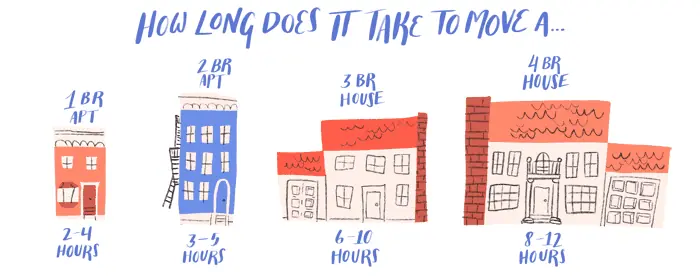
The precise amount of time it takes to pack depends on the amount of stuff one has, but here are ballpark figures cited for a professional mover to move the place after you’re done packing, depending on the home style:
- 1 bedroom apartment: 2 – 4 hours
- 2 bedroom apartment: 3 – 5 hours
- 3 bedroom house: 6 – 10 hours
- 4 bedroom house: 8 – 12 hours
Please note: these are estimated moving times for professional movers moving a house, NOT the average person or family.
Most people who pack their own home need a much longer amount of time to have their home packed, compared to movers. Usually it takes a minimum of a few days for a 1–2 bedroom home.
Have social media? Use it.
It only takes a moment to broadcast your last minute move predicament to anyone who might be willing to lend a hand, Moving.com reminds us. Even if you hire movers, any extra hands on deck or donated resources will get things done far zippier.
Next, call as many of these people as possible, ASAP

It’s best to do this stuff about four weeks out, but better late than never, right? Even though some of these changes won’t take effect in time for your move-in date, it’s best you take care of contacting these people before you’re unpacking at the new place:
- Current landlord
- Utility companies
- Local schools
- Homeowner’s insurance company
- Bank/credit card companies
- Government agencies
- Anywhere you hold subscriptions
- Anyone else who may be sending you important documents over the next few months
Don’t bother labeling boxes
While the idea of boxes labeled “His clothes” and “Kids’ bedding” sounds lovely, time is too precious for such details in a rush. The most important thing is to get objects in boxes – and have them taped up. Yes, mugs may end up with lotions, but they’ll make it to the new home – that’s what matters.
Updater suggests trying recyclable moving bins, which can save a ton of time during the packing/unpacking portion of your move, if you have more than a day to track some down.
“Sites like HireAHelper have a vast network of local movers and will personally call them for you to find someone who’s trustworthy and available right now.”
If you still insist on a loose way of organizing, the best way to fudge clarity is to assign a different color marker for each room of your house: kitchen, bedroom, living room, etc. Make an easily visible mark on each box for the general room it belongs to, and leave it at that.
Prep a “necessities bag”

When packing in a rush, a structured moving checklist may go the window. However, no matter how quickly you move, you absolutely need to make sure the most important items stay close by. These items are:
- Important papers or financial items (like checkbooks)
- Medications
- Phone chargers
- Daily routine toiletries, like toothpaste and moisturizer
- 1 – 2 outfits for changing into
With this handy bag at the ready, you may move and have no idea where that favorite mug or comfy sweater is, but you’ll have the core items you definitely need.
Get pro help (for as little as $200)
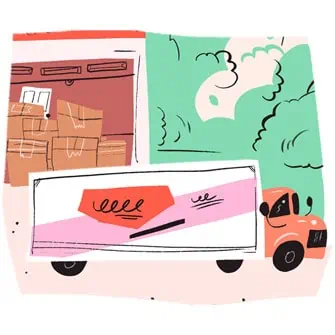
As capable as you are, last minute movers have experience getting boxes loaded into cars at shocking speeds.
Let’s face it, if you could afford a $5,000 move, you probably don’t need most of the tips on this list. Luckily, if you call up your local truck rental place and they have something available, pairing a local rental truck with local movers can actually be super affordable, and might save your life during a last minute move!
While movers used to be expensive, the new gig economy has made it easier to hire movers that are actually affordable. In some cases, packing and/or labor help can be as little as $200.
Which, for most, is well worth countless hours of stress and squabbles. As stressed as you probably are, it’s hard to move your whole place knowing a pro moving team would have gotten the items into your truck safely – and in a fraction of the time.
“Last minute movers have experience getting boxes loaded into cars at shocking speeds.”
Sites like HireAHelper have a vast network of local movers and will personally call them for you at the last minute to find someone who’s trustworthy and available right now. Their moving agents still compare your last minute options by their reviews and price point, don’t worry.
It’s true, your mover usually doesn’t have to be booked weeks or months in advance, it just helps.
Finish up with any mandatory clean up

If selling a home, it feels good to leave the home clean. If renting, cleaning is a necessity – especially if you want that much needed deposit back. At the very least, clean these top five items that leave the biggest “oh this looks clean” impression:
- Kitchen cabinets and counters
- The refrigerator (especially the inside)
- Bathtub or shower
- Bathroom counters & toilet
- The stovetop
A sparkling bathroom counter and nice looking stove make a massive impact on a landlord perceiving the home as “doesn’t look so good”…or passing inspection.
Protip: Make sure not everything gets cleaned up – back up important files on your laptop or computer so nothing accidentally gets lost if your computer gets damaged or lost in the panic!
What about movers? Can they really pack that much faster than me?
Yes, they can.
No matter how efficient, organized and strong one is, a professional mover has the training and experience to pack a home at an incredible, near-unprecedented speed. A professional is trained to get multiple 5-star reviews one to three times a day! There is nothing they haven’t seen or done.

See prices for movers by the hour – instantly.
Read real customer reviews.
Easily book your help online.
Not only that, but because they work in teams (typically a minimum of two), vetted movers know how tackle any job as a united, “we got this” team, unlike most couples or families who’ve only moved a few times and still find lifting the couch “you got it!?” challenging.
In (literally) 1 minute, I was closer to a totally moved home
Because movers are so much quicker, hiring pros is the best way to ensure a smooth, less stressful moving timeline.
Luckily, I found out there are businesses who’s entire job is to find the cheapest movers available now, not just grimey ones who take your personal info and call you for weeks. Within seconds and with no personal information, I was able to get a free estimate for a pro moving team near me.
If time is the most important factor to you, affordable movers are the #1 recommendation for any efficient moving checklist. Trust me on this one.
Save the Last Minute Move Checklist

All the tips above and more, in one handy graph!
Have a little bit more time to move? Check out our robust moving checklist, too!




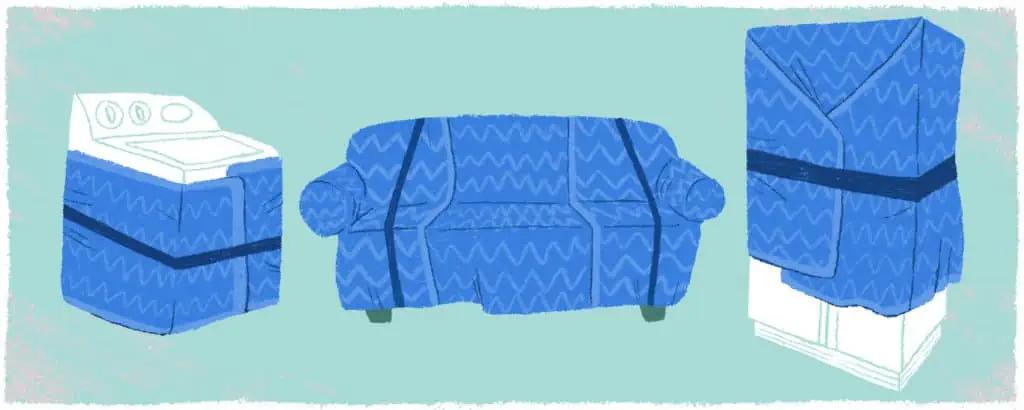

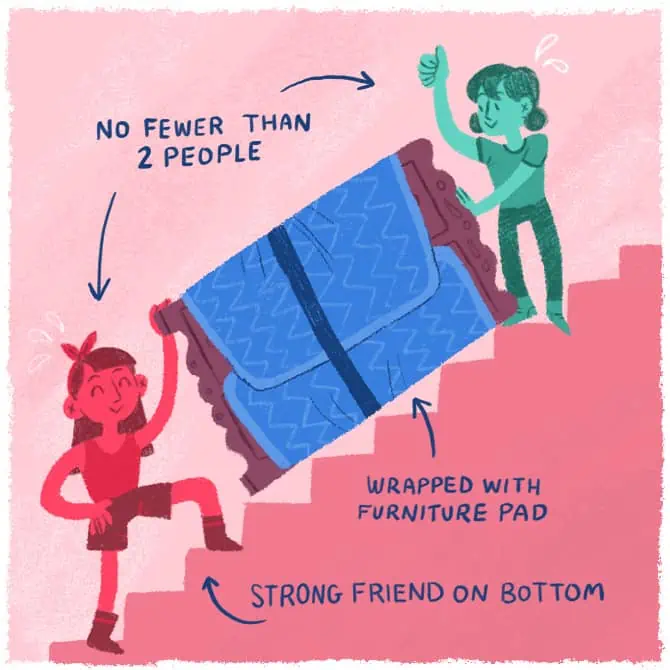



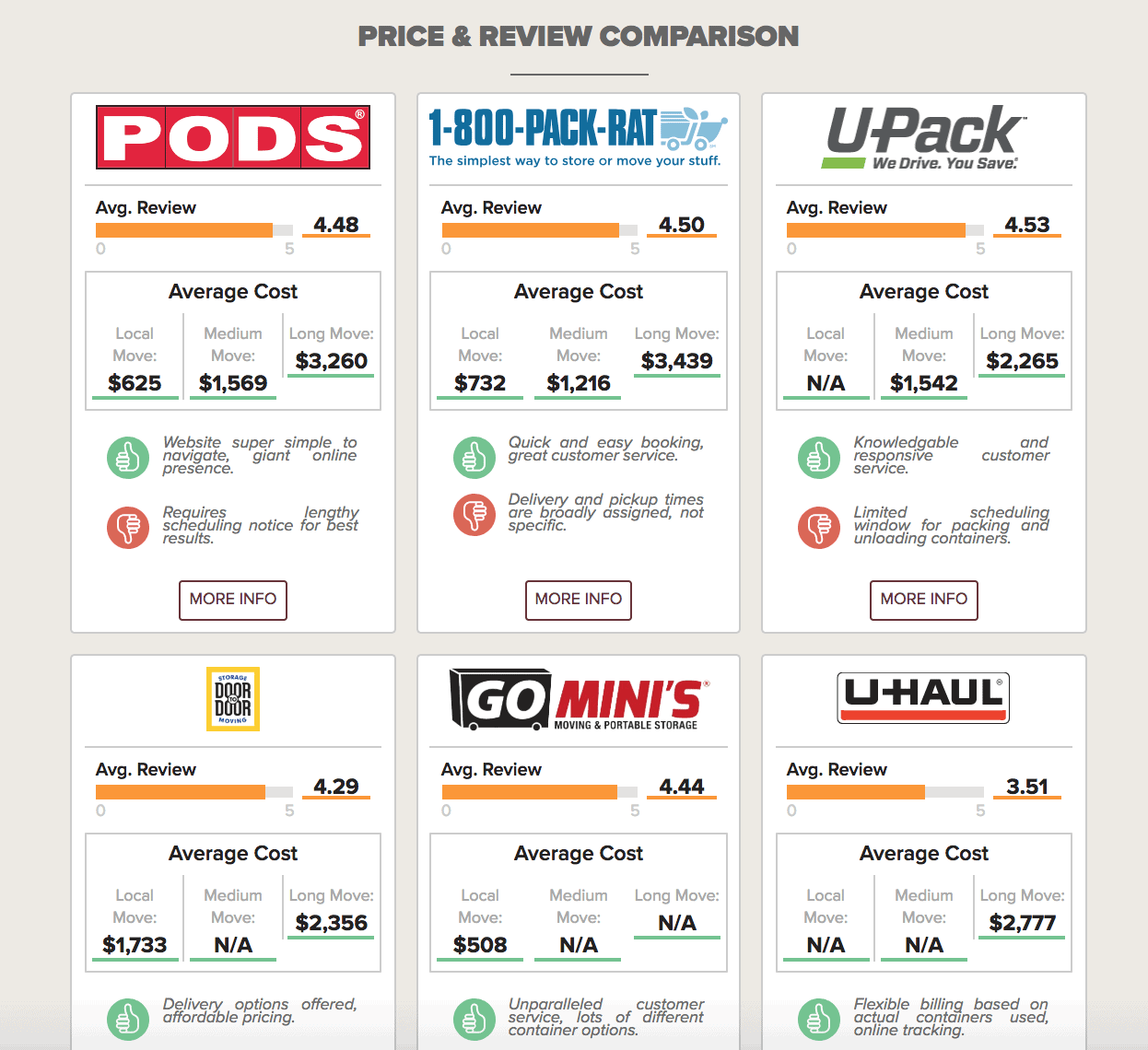
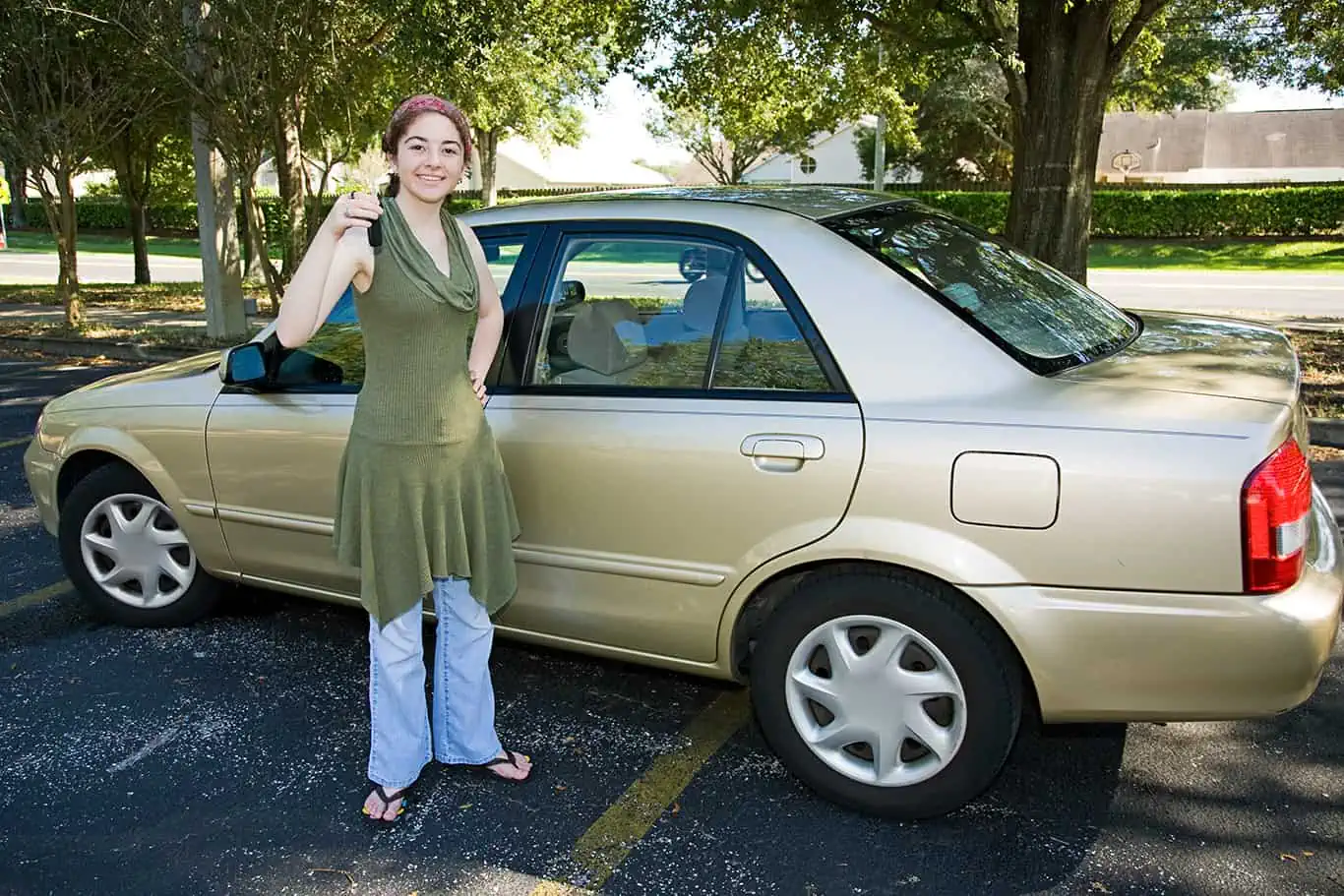
 The amount I had to take out in student loans wasn’t nearly as drastic as what some of my friends had to sign for—proud state school grad here—but there are ways those loans can pull you into paying more than you originally borrowed. For starters, I had no idea what capitalizing interest was. Basically, it’s interest that’s
The amount I had to take out in student loans wasn’t nearly as drastic as what some of my friends had to sign for—proud state school grad here—but there are ways those loans can pull you into paying more than you originally borrowed. For starters, I had no idea what capitalizing interest was. Basically, it’s interest that’s 
 The process of finding my apartment was easy since
The process of finding my apartment was easy since  How do I get a quote?
How do I get a quote?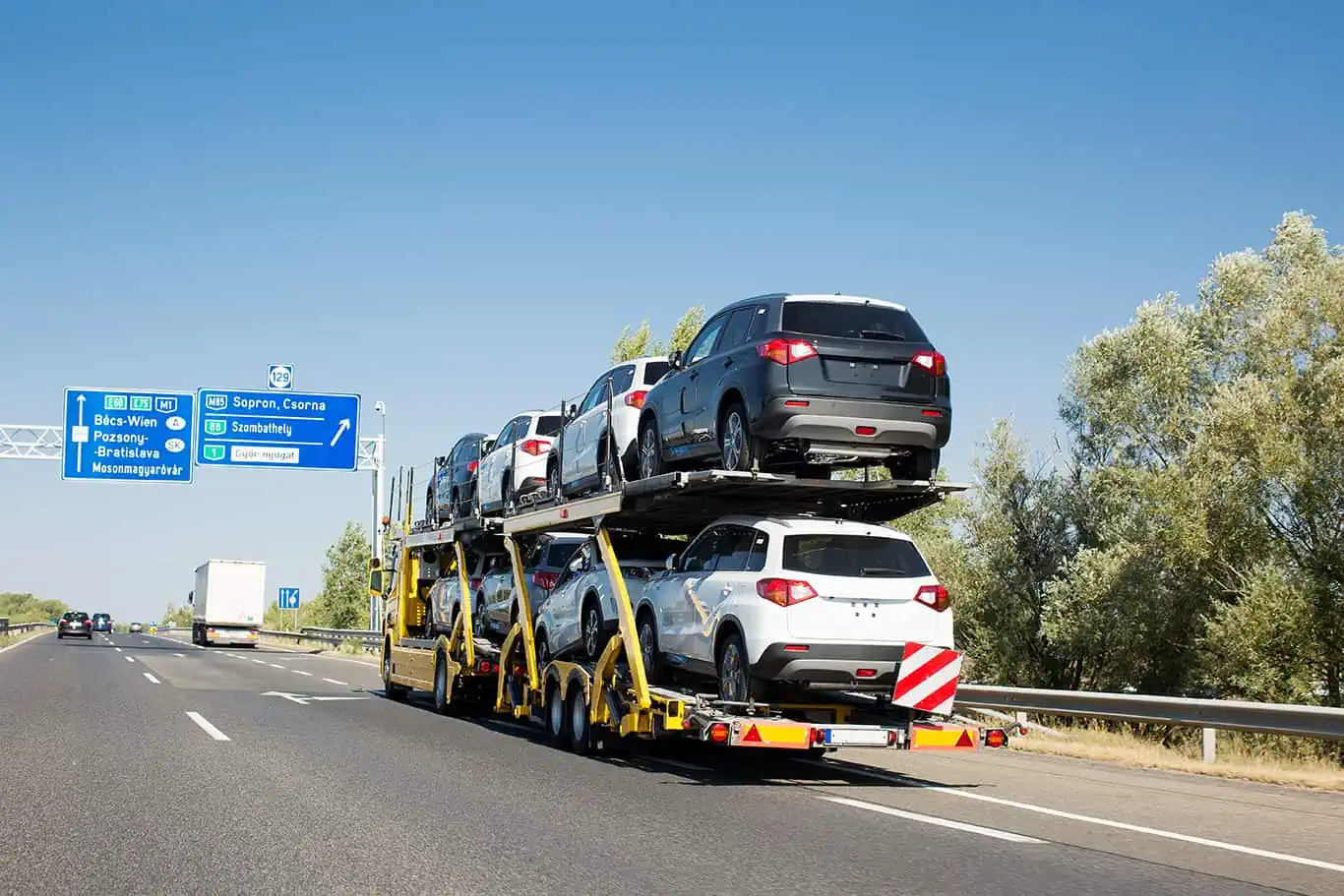

 When the truck comes to pick up the car,
When the truck comes to pick up the car,

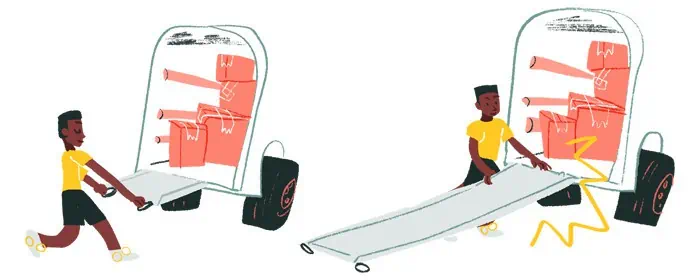
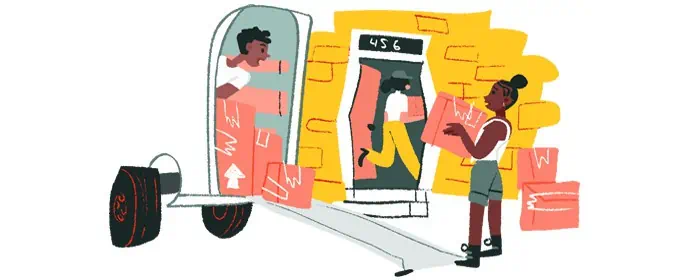

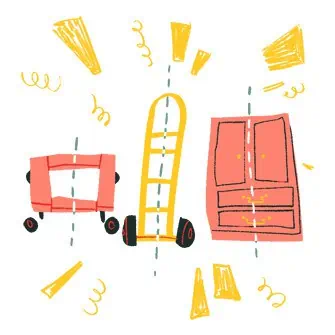






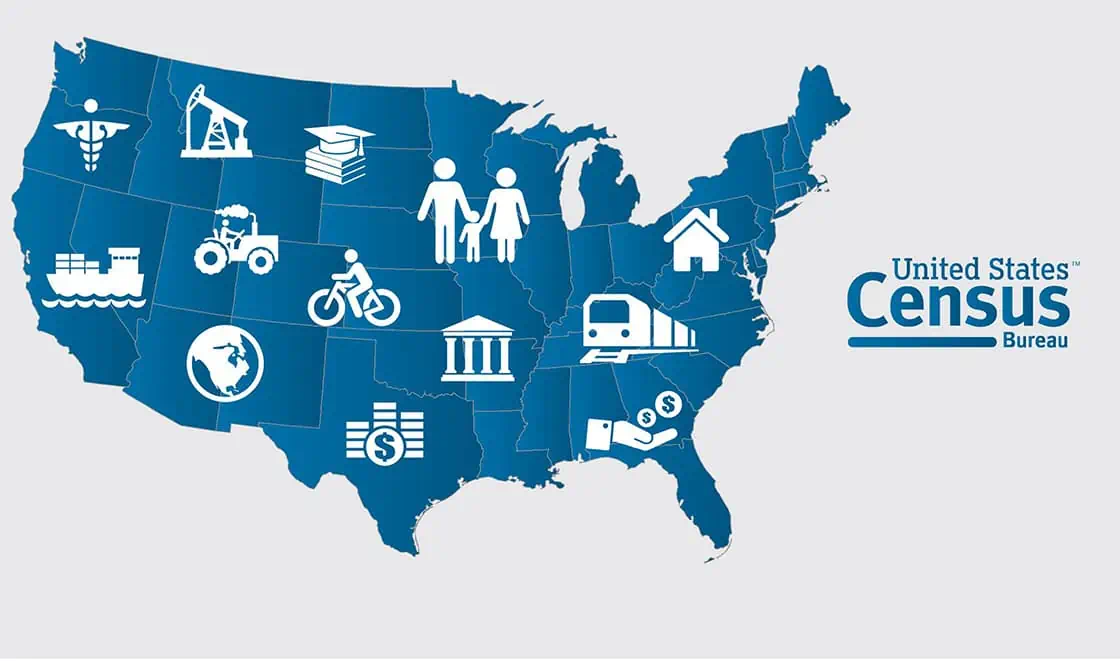

 As the summer approaches, moving company sales representatives are just as busy as movers. Sometimes they’re even busier. But having a grasp of what you need ahead of time will prevent from your two-hour move turning into a six-hour one.
As the summer approaches, moving company sales representatives are just as busy as movers. Sometimes they’re even busier. But having a grasp of what you need ahead of time will prevent from your two-hour move turning into a six-hour one.